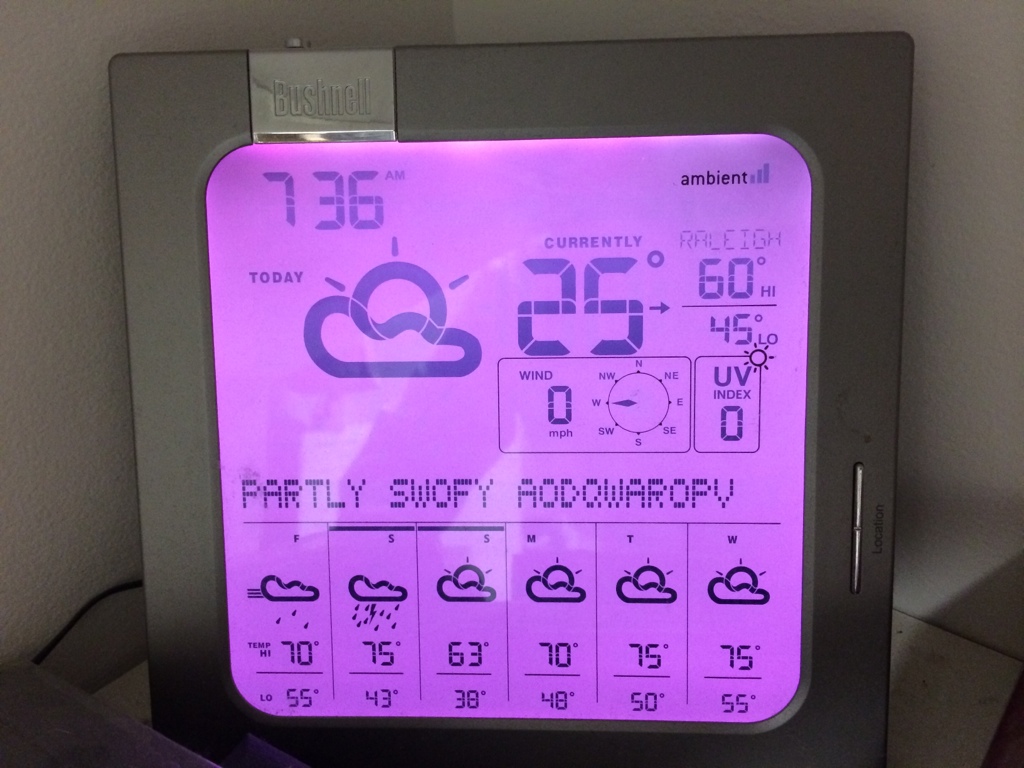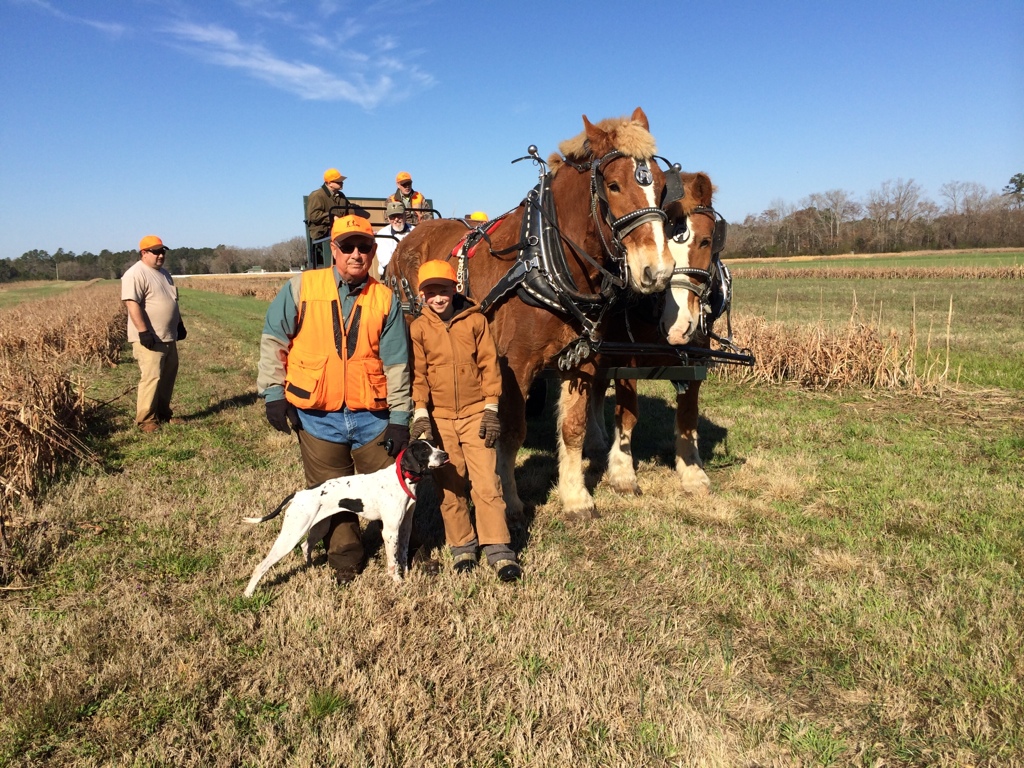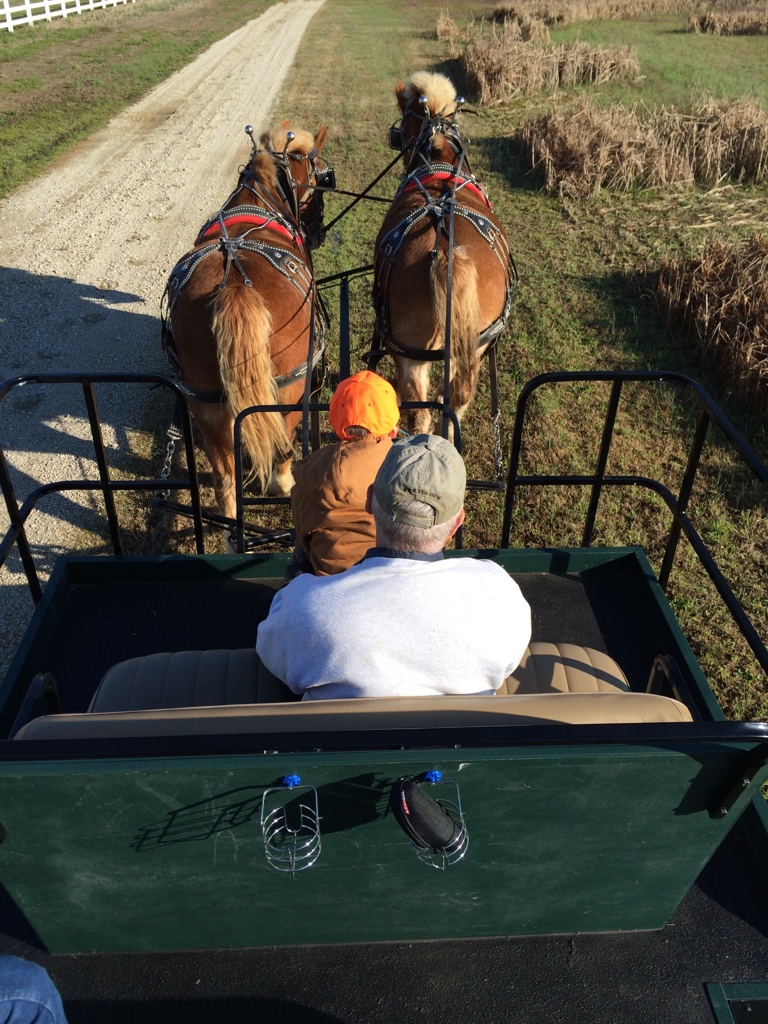I wasn’t even aware that farm buildings could be regulated for building codes. When we’ve built buildings in the past we used to get a farm permit which was basically a permit that said we didn’t need a permit. Since I had stopped asking some time ago if I could get a permit, I guess I missed the part where they started regulating farm buildings. Oops. I know our smoke house isn’t up to code. Of course, in a hurricane I believe its the safest place on the farm unless I can figure out how to get inside a gun safe. Anyway, looks like none of that matters because according to section 5 of the law below, our farm buildings are not held to the building codes which suits me just fine. Since we use pretty much everything for our old time hog killings, I’d say we qualify.
SESSION LAW 2013-75
HOUSE BILL 774
AN ACT TO EXEMPT CERTAIN PRIMITIVE STRUCTURES FROM THE BUILDING CODE.
The General Assembly of North Carolina enacts:
SECTION 1. G.S. 143-138 reads as rewritten: Ҥ 143-138. North Carolina State Building Code.
…
(b3) Except as provided by subsection (c1)subsections (b4) and (c1) of this section, the Code may contain provisions regulating every type of building or structure, wherever it might be situated in the State.
(b4) Building rules do not apply to (i) farm buildings that are located outside the building-rules jurisdiction of any municipality, or (ii)(ii) farm buildings that are located inside the building-rules jurisdiction of any municipality if the farm buildings are greenhouses.greenhouses, (iii) a primitive camp, or (iv) a primitive farm building. For the purposes of this subsection:
(1) A “farm building” shall include any structure used or associated with equine activities, including, but not limited to, the care, management, boarding, or training of horses and the instruction and training of riders. Structures that are associated with equine activities include, but are not limited to, free standing or attached sheds, barns, or other structures that are utilized to store any equipment, tools, commodities, or other items that are maintained or used in conjunction with equine activities. The specific types of equine activities, structures, and uses set forth in this subdivision are for illustrative purposes, and should not be construed to limit, in any manner, the types of activities, structures, or uses that may be considered under this subsection as exempted from building rules. A farm building that might otherwise qualify for exemption from building rules shall remain subject only to an annual safety inspection by the applicable city or county building inspection department of any grandstand, bleachers, or other spectator-seating structures in the farm building. An annual safety inspection shall include an evaluation of the overall safety of spectator-seating structures as well as ensuring the spectator-seating structure’s compliance with any building codes related to the construction of spectator-seating structures in effect at the time of the construction of the spectator-seating.
(2) A “greenhouse” is a structure that has a glass or plastic roof, has one or more glass or plastic walls, has an area over ninety-five percent (95%) of which is used to grow or cultivate plants, is built in accordance with the National Greenhouse Manufacturers Association Structural Design manual, and is not used for retail sales. Additional provisions addressing distinct life safety hazards shall be approved by the local building-rules jurisdiction.
(3) A “farm building” shall include any structure used for the display and sale of produce, no more than 1,000 square feet in size, open to the public for no more than 180 days per year, and certified by the Department of Agriculture and Consumer Services as a Certified Roadside Farm Market.
(4) A “primitive camp” shall include any structure primarily used or associated with outdoor camping activities, including structures used for educational, instructional, or recreational purposes for campers and for management training, that are (i) not greater than 4,000 square feet in size and (ii) are not intended to be occupied for more than 24 hours consecutively. “Structures primarily used or associated with outdoor camping activities” include, but are not limited to, shelters, tree stands, outhouses, sheds, rustic cabins, campfire shelters, picnic shelters, tents, tepees or other indigenous huts, support buildings used only for administrative functions and not for activities involving campers or program participants, and any other structures that are utilized to store any equipment, tools, commodities, or other items that are maintained or used in conjunction with outdoor camping activities such as hiking, fishing, hunting, or nature appreciation, regardless of material used for construction. The specific types of primitive camping activities, structures, and uses set forth in this subdivision are for illustrative purposes and should not be construed to limit, in any manner, the types of activities, structures, or uses that are exempted from building rules.
(5) A “primitive farm building” shall include any structure used for activities, instruction, training, or reenactment of traditional or heritage farming practices. “Primitive farm buildings” include, but are not limited to, sheds, barns, outhouses, doghouses, or other structures that are utilized to store any equipment, tools, commodities, livestock, or other items supporting farm management. These specific types of farming activities, structures, and uses set forth by this subdivision are for illustrative purposes and should not be construed to limit in any manner the types of activities, structures, or uses that are exempted from building rules.
….”
SECTION 2. This act is effective when it becomes law.
In the General Assembly read three times and ratified this the 6th day of June, 2013.
s/ Daniel J. Forest President of the Senate
s/ Thom Tillis
Speaker of the House of Representatives
s/ Pat McCrory
Governor
Approved 4:19 p.m. this 12th day of June, 2013
Page 2 Session Law 2013-75 House Bill 774









